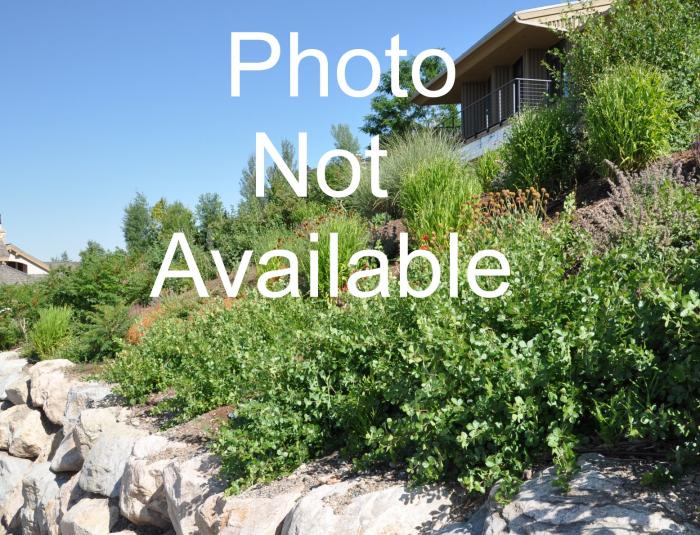| Botanical Name: Ptelea trifoliata | |
| Common Name: Hoptree |

-
Anatomy
-
Culture
-
Design
Plant Type
Tree, Shrub
Height Range
12-25'
Flower Color
White
Flower Season
Spring
Leaf Color
Dark Green
Bark Color
Grey
Fruit Color
Brown
Fruit Season
Summer, Fall
Sun
Full, Half, Shade
Water
Low
Growth Rate
Moderate, Slow
Soil Type
Sandy, Clay, Loam, Rocky, Unparticular
Soil Condition
Average, Rich, Poor, Well-drained, Dry
Soil pH
Neutral, Basic
Adverse Factors
n/a
Design Styles
Meadow, Ranch, Woodland
Accenting Features
Showy Flowers
Seasonal Interest
Spring
Location Uses
Background, Shrub Border, Walls / Fences
Special Uses
Hedge, Screen, Mass Planting
Attracts Wildlife
Butterflies
Information by: Stephanie Duer
Photographer: JJ Neilson Arboretum
Photographer: JJ Neilson Arboretum
-
Description
-
Notes
Hop tree is a deciduous, densely rounded shrub or small tree, native to the Midwest and the Rockies. Typically grows 10 to 20 feet tall and wide. Features compound, trifoliate, shiny, dark green leaves which turn greenish yellow in autumn. Terminal clusters of tiny white flowers appear in late spring, but are not particularly showy. Flowers give way to pendulous seed clusters, each seed being encased in a thin, circular, winged disc, similar in appearance to elm, which mature to brown in late summer and persist through most of the winter. This tree has several very descriptive common names: (a) hop tree (in reference to a prior use of the seeds as a substitute for hops); (b) wafer ash (in reference to the thin, wafer-like appearance of the seed; and (c) stinking ash (in reference to the unpleasant smell of not only the flowers but also bruised foliage and bark). A great tough tree/shrub for borders, but maybe not one to use by the patio?
Grow in well drained soil in part to full shade; tolerates full sun but will need more water than is normally recommended. Tolerates a wide range of soil types including clay and rocky soils, as long as they are well draining. Good choice for dry-shade areas. Its nature is to be shrubby, but it may be pruned to be a multi-stemmed tree, though the pruning will be on-going, to some extent.